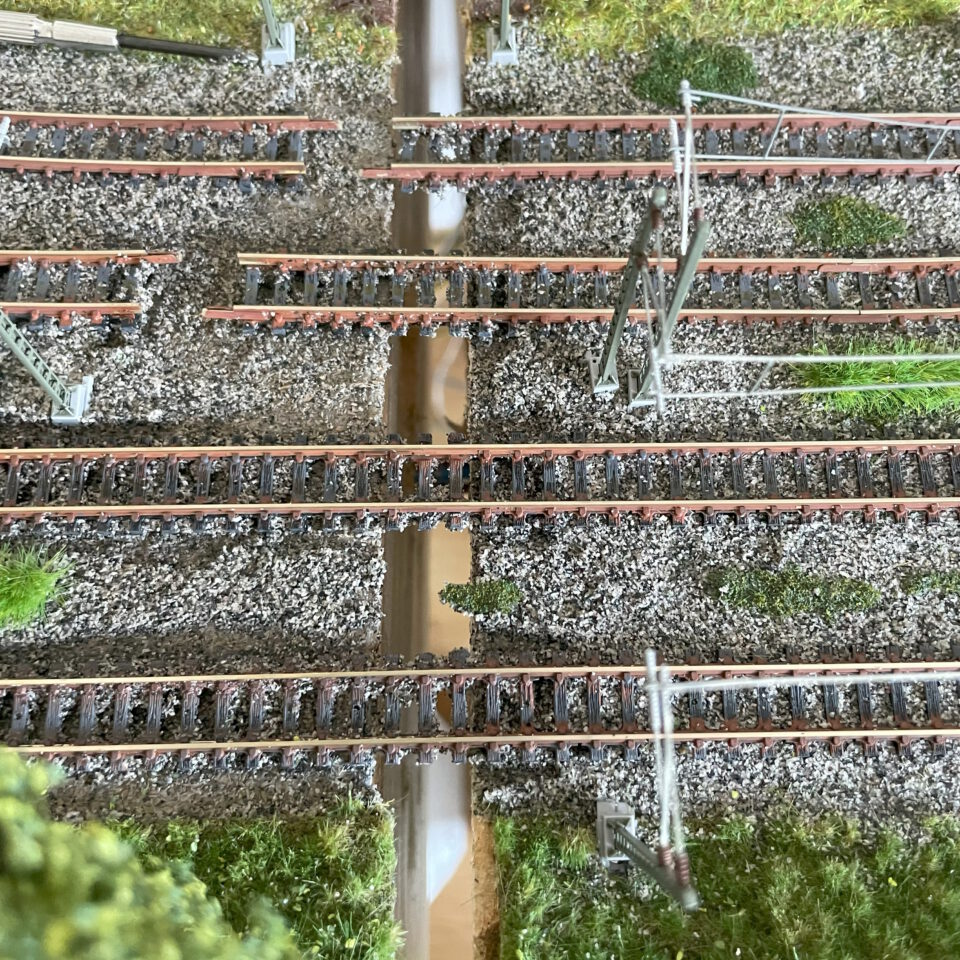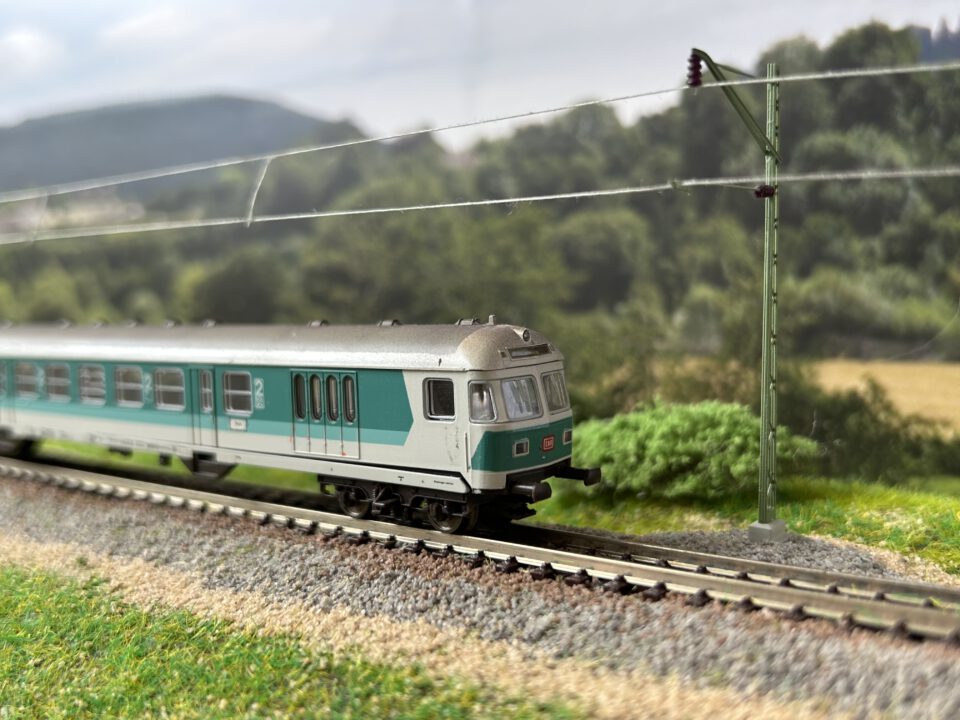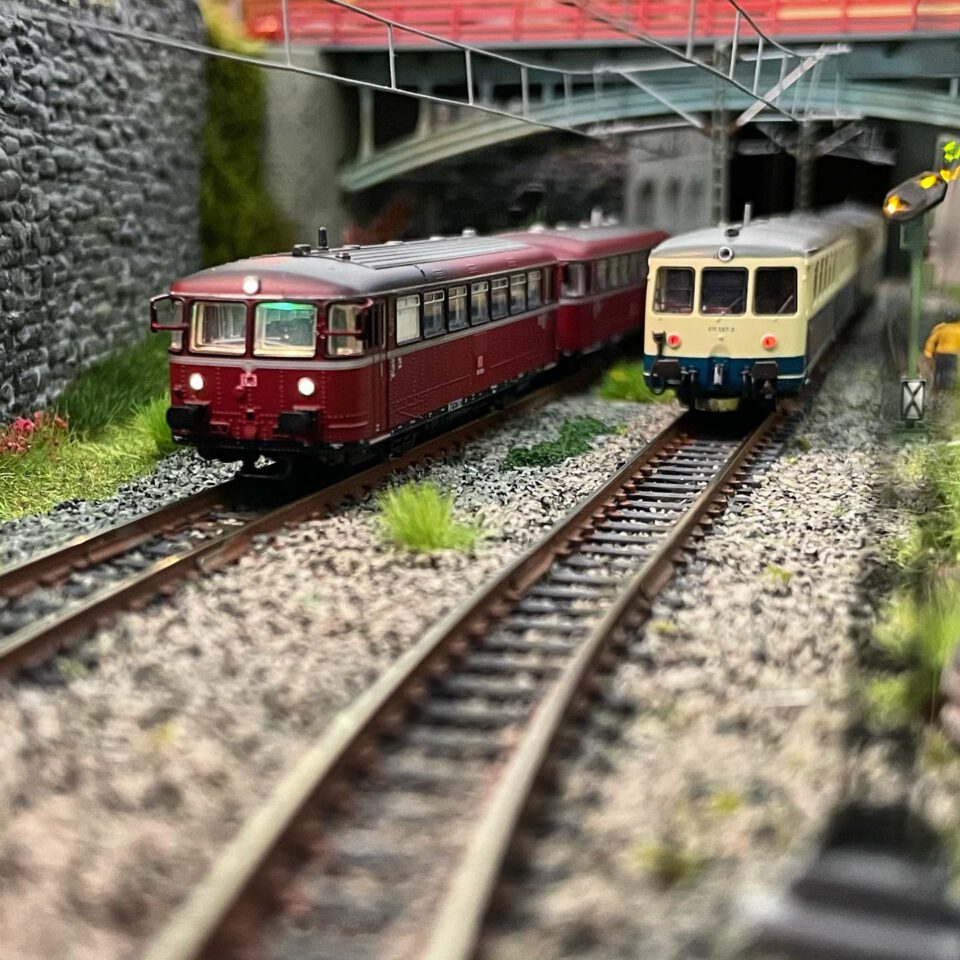Most model train tracks are not suitable for relocation. That often means starting all over again. Also, a lot of scenery is often lost because now it cannot be built out without damage. And that can cost a lot of money. Wouldn’t it be nice if the layout did accommodate moving. At 123 N Scale, we now face this and put it to the test. We take you through measures you can often take after the fact.
Modules
This is the first and only measure you cannot apply after the fact. Create a model layout in separate pieces. For scale N, a 150x80cm “table” is a nice module. That size is easily lifted and carried through a stairwell. It also fits in almost any car. After all, you would like to move your job yourself. Also make sure the legs of your table can come out from under it.
When building your layout make sure you can easily split the modules. There is simply nothing exact on the separation. Of course, you can simply eliminate this divide in your scenery. A sharp knife will then have to separate the modules.
Modular landscape
As is well known, 123 N Scale also works with continuous improvement of the existing layout. Therefore, pieces of scenery are “removed” from the model layout and replaced with new versions. Before the move, make sure these elements are “autonomous. That is, they have their own power supply and can also be disconnected. For example, by applying plugs and screws. At the edges, “covering” scenery such as shrubs or grass is used. Thus, these elements can be removed from the model layout before the move.
Loosening ballast
The rails, of course, are in a track bed. The ballast is fixed with liquid glue from Woodland. The track can be taken out without any problems. A pipette is used to apply droplets of water to the ballast. After a while, it softens and can be scratched away with a small screwdriver. Only to be sucked away.

Each wire has its own connection
To put an end to the great tangle of cables under the modules, we chose to give each connection its own cable. These come together in one central location. Of course, it is also possible to keep them together by module. The unit with all the relays, busy signals and so on can be easily removed from under the layout. The connections are made with terminal blocks with plugs (see photo) and can thus be easily disconnected.
The power supply and digital (Z21) unit are also hanging under the layout. And are easily detached from the table. Thus, this relatively heavy weight can be moved separately.

Scenery sticky or not?
After proper preparation, the time has come to move the layout. From then on, loose scenery elements are the biggest threat to your job. A car that breaks loose, or even worse a building, can become quite damaged in a fall itself and cause hefty damage. So it is important to fix scenery well. And check this before the move.
Our layout eventually arrived at its destination with limited shipping damage. After two days of continuing work, the trains were running again and there was no sign of the move.
This article is also available in:
![]() Nederlands
Nederlands






